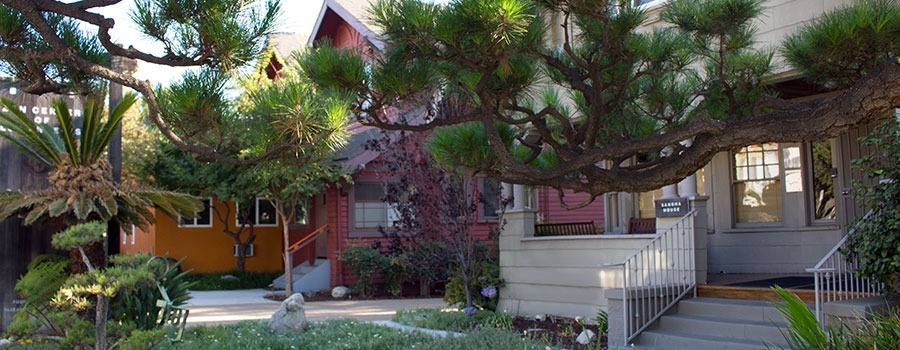
Jukai
To take Jukai, means to receive the precepts, is an important rite of passage. During this ceremony the recipient will state publicly to take on the Bodhisattva Precepts as her/his intention for life and beyond. As part of the ceremony the recipient will receive the Wisdom of the Lineage, the new Dharma Name and the Rakusu, the robe of the Buddha.
Prerequisites
Jukai Series
This series is offered for those who are interested in receiving the Precepts (jukai) and formally becoming a Buddhist. The study includes ZCLA’s temple and transmission lineage, bowing practice, women ancestors, the Precepts ceremony itself, as well as the rakusu, bowing, and gassho. Prerequisite: Precepts Series.
Lineage Female and Male
A study of both the Buddhist women ancestor lineage and the traditional male ancestors line and temple lineage. We also cover personal lineage.
The Kechimyaku
During the Jukai ceremony, you receive a “kechimyaku” (Dharma blood lineage chart; “kechi” = blood, “myaku” = vein, pulse, hope). The “kechimyaku” delineates the transmission of the dharma from Shakyamuni Buddha down to yourself and back to Shakyamuni Buddha. This is a complete circle that is your very life. If your desire leads you in this direction, guard it well and pass it on.
The diagram of the “kechimyaku” starts with an empty circle and returns there. This is our life, which is no fixed self or substance. The circle manifests as Shakyamuni Buddha and then each of us.
The line of transmission starts with the Past Seven Buddhas before Shakyamuni. Enlightenment was not invented by Shakyamuni Buddha; it has always been our nature.
For a pdf example of a Kechimyaku from Shakyamuni Buddha to Roshi Egyoku click here.
An example of a female lineage chart will follow soon.
Sewing the Buddha’s Robe
If you are thinking about taking Jukai or just want to practice sewing a Rakusu (small robe of the Buddha) for yourself or somebody else, you are invited to participate in a sewing class.
Students receive guidance on sewing a rakusu, the robe of the Buddha. The process includes gathering “discarded” cloth and dying it, cutting the cloth, and learning the unique stitches for sewing the robe.
